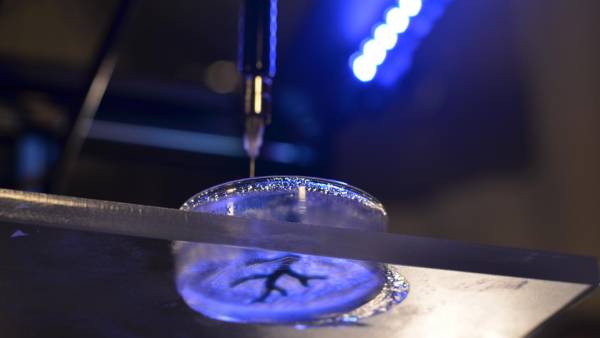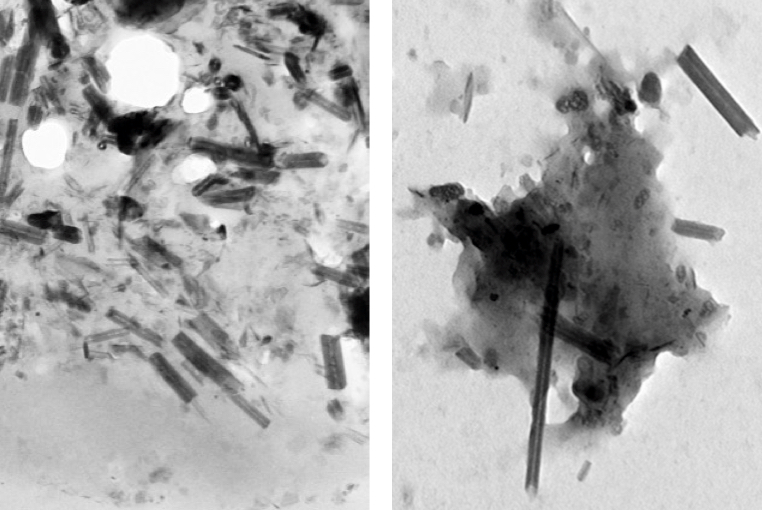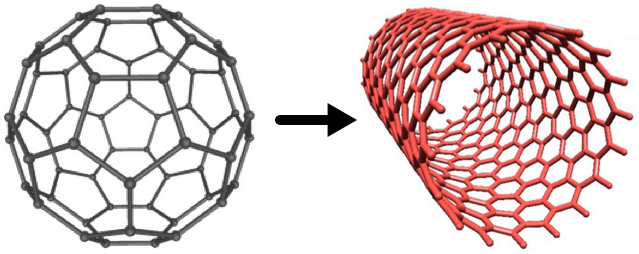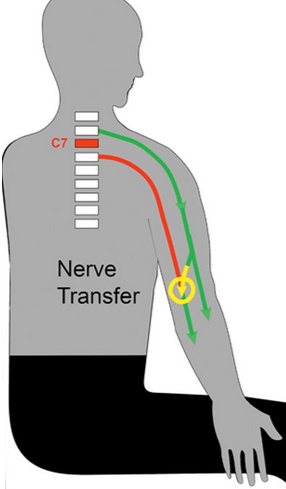
A new single-agent phototherapy system combines silicon naphthalocyanine (which is toxic to cancer) and PEG-PCL (biodegradable carrier) for diagnosis and treatment of cancer (credit: Oregon State University)
Researchers at Oregon State University have announced a new single-agent phototherapy (light-based) approach to combating cancer, using a single chemical compound (SiNc-PNP), for both diagnosis and treatment.
The compound makes cancer cells glow when exposed to near-infrared light so a surgeon can identify the cancer. The compound includes a copolymer called PEG-PCL as the biodegradable carrier. The carrier causes the silicon naphthalocyanine to accumulate selectively in cancer cells and reach a maximum level in the cells after about one day. At that point, doctors would do surgery, and then use phototherapy treatment to kill the remaining cancer cells. The compounds are naturally and completely excreted from the body.
In tests completed with laboratory animals, tumors were completely eradicated without side effects, and did not return.
The findings were presented Thursday (Nov. 29) at the annual meeting of the American Association of Pharmaceutical Scientists in Orlando, Florida, and were also recently published in Chemistry of Materials, a publication of the American Chemical Society.
An alternative to surgery, radiation, and chemotherapy
The researchers believe that phototherapy may become a new and promising addition to the three primary ways that most cancer is treated today: surgery, radiation, and/or chemotherapy. Phototherapy may have special value with cancers that have formed resistance to chemotherapeutic drugs, or present other problems that can’t be managed with existing therapies, the researchers suggest.
Their research so far has studied ovarian cancers in laboratory animals, but the treatment may also be useful for other solid tumors, they suggest. There were no apparent side effects on animals tested.
“A single-agent based system is simple and very good at targeting only cancer tumors and should significantly improve outcomes,” said Oleh Taratula, an assistant professor in the Oregon State University/Oregon Health & Science University College of Pharmacy. “It’s small, nontoxic, and highly efficient.”
In continued research with the OSU College of Veterinary Medicine, the treatment will eventually move on to human clinical trials.
Abstract of Naphthalocyanine-Based Biodegradable Polymeric Nanoparticles for Image-Guided Combinatorial Phototherapy
Image-guided phototherapy is extensively considered as a promising therapy for cancer treatment. To enhance translational potential of this modality, we developed a single agent-based biocompatible nanoplatform that provides both real time near-infrared (NIR) fluorescence imaging and combinatorial phototherapy with dual photothermal and photodynamic therapeutic mechanisms. The developed theranostic nanoplatform consists of two building blocks: (1) silicon naphthalocyanine (SiNc) as a NIR fluorescence imaging and phototherapeutic agent and (2) a copolymer, poly(ethylene glycol)-block-poly(ε-caprolactone) (PEG–PCL) as the biodegradable SiNc carrier. Our simple, highly reproducible, and robust approach results in preparation of spherical, monodisperse SiNc-loaded PEG–PCL polymeric nanoparticles (SiNc-PNP) with a hydrodynamic size of 37.66 ± 0.26 nm (polydispersity index = 0.06) and surface charge of −2.76 ± 1.83 mV. The SiNc-loaded nanoparticles exhibit a strong NIR light absorption with an extinction coefficient of 2.8 × 105 M–1 cm–1 and efficiently convert the absorbed energy into fluorescence emission (ΦF = 11.8%), heat (ΔT ∼ 25 °C), and reactive oxygen species. Moreover, the SiNc-PNP are characterized by superior photostability under extensive photoirradiation and structure integrity during storage at room temperature over a period of 30 days. Following intravenous injection, the SiNc-PNP accumulated selectively in tumors and provided high lesion-to-normal tissue contrast for sensitive fluorescence detection. Finally, adriamycin-resistant tumors treated with a single intravenous dose of SiNc-PNP (1.5 mg/kg) combined with 10 min of a 785 nm light irradiation (1.3 W/cm2) were completely eradicated from the mice without cancer recurrence or side effects. The reported characteristics make the developed SiNc-PNP a promising platform for future clinical application.
















